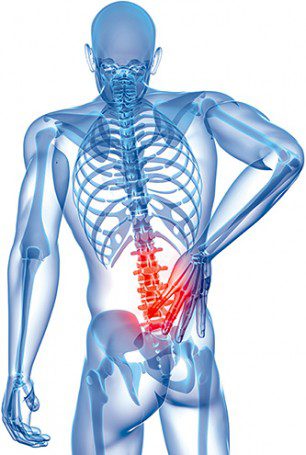Werbung
Verletzungsfreie Ergos

Flexibilität beim Rudern
Vorsicht mit statischen Ergs:
Mindestens drei Studien fanden heraus, dass lange statische Erg-Sitzungen (definiert als 30+ Minuten kontinuierlich) zu einem technischen Zerfall der Ergotechnik führten. Es kam zu einer erhöhten Beugung und Dehnung sowie zu einer seitlichen Bewegung an den Lendenwirbeln. Das ist schlecht für die Muskulatur.
Grundsätzlich gilt: Je länger Sie rudern oder auf dem Ergo sitzen, desto mehr beginnt sich Ihre Lendenwirbelsäule beim Rudern über ihren normalen Bewegungsumfang hinaus zu bewegen. Mehr Flexion oder Abrundung, auf der Rückgewinnung oder am Fang bedeutet mehr Ausdehnung oder Wölbung, auf dem Antrieb und im Ziel. Darüber hinaus fanden die Forscher eine Winkelverschiebung, oder seitliche Bewegung, an den Lendenwirbeln, wenn die Ruderer längere Zeit an der maximalen Leistung ruderten. Dies geschah insbesondere beim Vorrollen und bei höheren Schlagzahlen. Das lässt auf Gleichgewichtsprobleme schließen, die möglicherweise auf eine Ermüdung des Athleten zurückzuführen sind.
Diese erhöhte Bewegung der Lendenwirbelsäule trat bei Anfängern, Studenten und Elite-Ruderern auf, und es ist aus zwei Hauptgründen schlecht.
Erstens, statische Ergos simulieren nicht die Wasserarbeit: Um den Übergang vom Training zur Leistung zu maximieren, sollte Erg-Arbeit so technisch wie möglich dem Rudern auf dem Wasser ähneln. Je unterschiedlicher das Rudern auf dem Wasser ist, desto geringer ist die Übertragung der Fähigkeiten, von denen der Athlet profitiert.
Zweitens: Die höhere Beweglichkeit der Lendenwirbel und dessen Ausbrechen führt es zu weniger Stützung des Unteren Teils und zur höheren Beanspruchung der oberen Wirbelsäulenmuskel. Auch hier ist Vorsicht geboten: Statische Ergs haben bereits eine höhere Spitzenkraft am Griff als dynamische Ergs oder Rudern auf dem Wasser sowie eine höhere Muskelaktivität im Oberkörper.
Da die Flexion und Streckung der Lendenwirbelsäule unter längeren Ruderbedingungen zunimmt, nimmt die Kraftentwicklungsrate ab und der Athlet erreicht später im Durchzug die Maximalkraft. Damit wird der Schwerpunkt der Energierzeugung später erreicht. Er verlagert sich von den Beinen weg hin zu Rücken und Schultern verschoben wird. Zudem ist der Anzug bei statischen Ergos designmässig eher Ruckartig und weniger weich als bei dynamischen Ergs.
Was sind die Folgen?
Eine Studie mit 13 männlichen Ruderern auf nationaler und internationaler Ebene beschrieb die Kaskade der Effekte von längerem Rudern und veränderter Wirbelsäulenkinematik als solche:
1. Verminderte Leistung in den Antriebsphasen 1 und 2 (früher Antrieb, die Phase “Beine runter”)
2. Verzögerter Punkt des Hubs, bei dem die Spitzenkraft erreicht wurde.
3. Verzögerter Punkt des Hubs, bei dem die Endposition erreicht wurde.
4. Erhöhte Größe der Wirbelsäulenbeugung
5. Verzögerter Punkt der Schlagzahl, bei dem die maximale Ausdehnung der Wirbelsäule erreicht wurde.
.
Der derzeit beobachtete Verletzungsmechanismus besteht darin, dass diese erhöhte Dehnung und Belastung passiver (nicht-muskulärer) Wirbelsäulenstrukturen zu Gewebelastungen und chronischen Schmerzen führen kann.
Das ist der Wissensstand heute und die Erklärung warum unspezifischer LBP schmerzhaft ist.
Werbung
